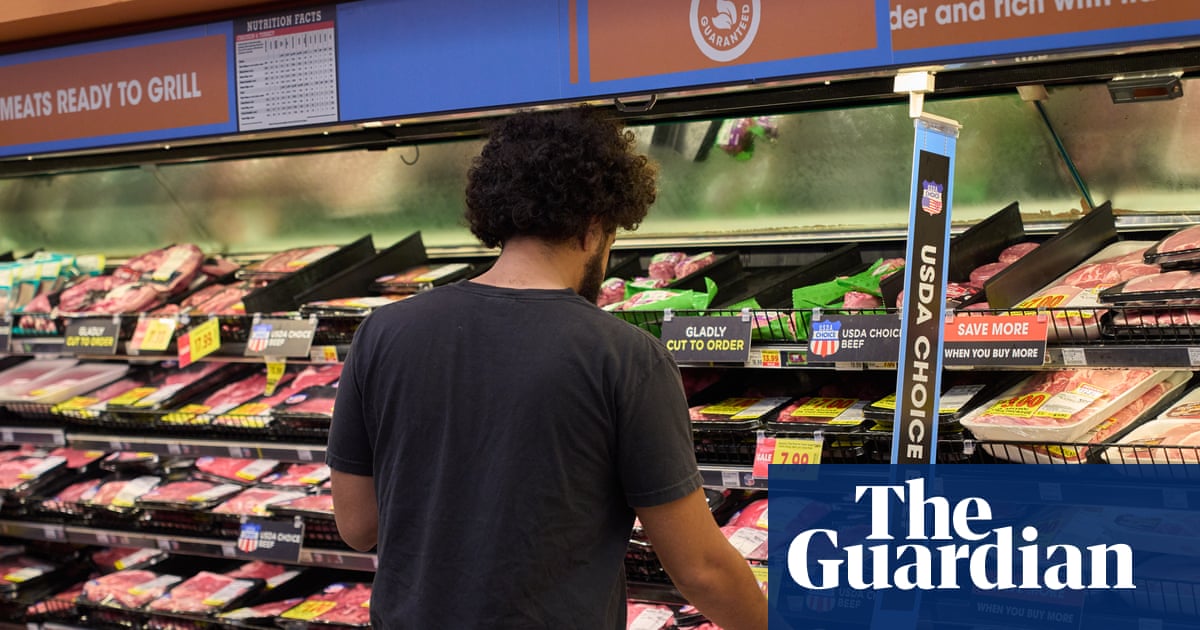Unbelievable Flash Floods Transform NYC into a Water Wonderland—What’s Next?

Picture this: New York City's bustling streets are transformed into rushing rivers, and subway stations become waterfalls—a scene right out of a disaster movie. Yet, this is not fiction; it’s the alarming reality we faced just last month as flash floods wreaked havoc across the city, reminding us that our infrastructure is struggling to keep pace with unpredictable weather.
In July alone, New York City was hit by extreme rainstorms that hammered the Northeast 60% more frequently than in the 1950s. Our once-reliable subway system now grapples with the consequences. With sewers designed to handle only 1.7 inches of rain per hour, the new norm of 3 inches per hour during storms is pushing our infrastructure to its breaking point.
According to City & State, the Metropolitan Transportation Authority (MTA) has taken drastic measures, raising subway entrances to prevent water from cascades down the staircases and elevating sidewalk ventilation grates to keep floods at bay. This is a stark reminder of how climate change is reshaping our daily lives. As Zach Iscol, commissioner of New York City Emergency Management, aptly points out, ‘A warmer environment means that there's more moisture in the air, leading to heavier rainfall.’
The recent floods have stirred haunting memories of Hurricane Ida in 2021, which tragically claimed 13 lives and caused widespread devastation. The fear of rising waters is palpable, especially for those in flood-prone neighborhoods.
For tenants like Amit Shivprasad, who lost two individuals during Hurricane Ida’s basement flooding, every rainstorm is a cause for sleepless nights. ‘Whenever it rains, no one goes to sleep, no one does anything. Your whole concept is to look out the windows and check the streets for any water,’ he laments. This feeling resonates deeply in many low-lying areas, which have historically faced environmental injustices as flood impacts disproportionately affect vulnerable communities.
In fact, alarming research reveals that 67% of historically redlined districts in NYC are now designated as environmental justice communities. These areas, predominantly inhabited by minorities and low-income residents, face heightened hazards and health risks, exacerbating the crisis.
So, what’s being done to combat this growing threat? Besides implementing innovative engineering solutions, NYC has ramped up its sewer maintenance efforts. Just a year ago, over 5,000 catch basins needed cleaning daily; today, that number has plummeted to just 300. ‘We’ve got a long way to go, but it’s getting better,’ remarks Robert Freudenberg, vice president for energy and environment at the Regional Plan Association.
Major infrastructure upgrades are in progress, despite ongoing funding challenges. The Department of Environmental Protection is spearheading a $390 million project to bolster sewer capacity in Brooklyn, while the MTA is working to refurbish its aging pump rooms, vital for draining 10 million gallons of water from the subway system daily.
However, recent policy changes have left federal support for flood protection projects in limbo, creating uncertainty about the future. Understanding the links between rising global temperatures, sea levels, and flooding is crucial for empowering communities to advocate for better infrastructure and hold local leaders accountable.
As NYC continues to navigate these treacherous waters, one thing is certain: if we want to weather this storm, we must invest in our future—because the next rainfall could be just around the corner.
























